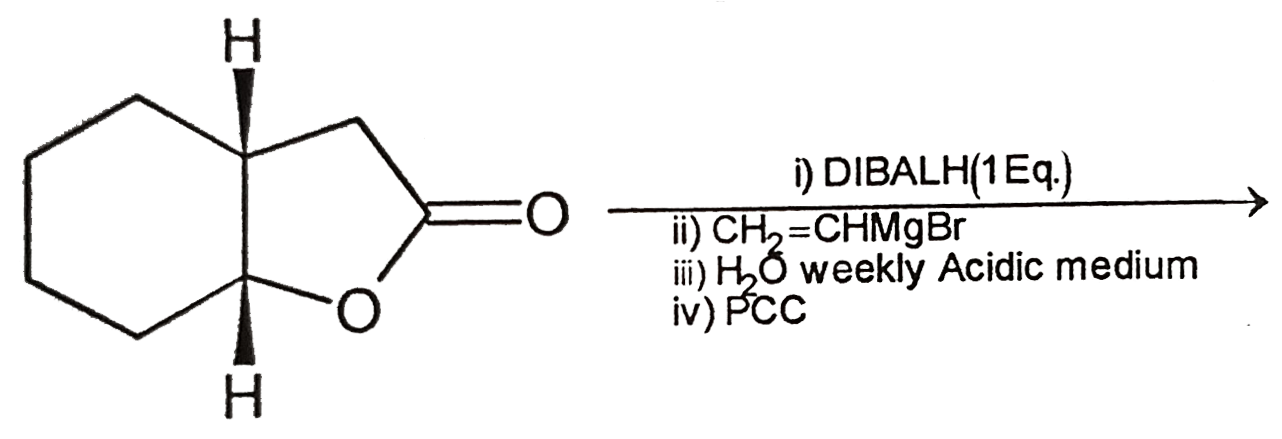which of the following is not ?
Gelatin sol
Silver sol
Sulphur sol
As2S3 sol
The correct Answer is:a,b
To determine which of the following is not a lyophilic colloid, we first need to understand the definitions of lyophilic and lyophobic colloids.
1. Understanding Lyophilic Colloids:
- Lyophilic colloids are those that have an affinity for the solvent, meaning they are solvent-loving. Examples include colloids formed from organic substances like gelatin, gum, starch, and proteins.
2. Understanding Lyophobic Colloids:
- Lyophobic colloids, on the other hand, do not have an affinity for the solvent and are considered solvent-hating. They are typically formed from inorganic substances. Examples include colloids of arsenic, ferric hydroxide, and platinum.
3. Identifying the Options:
- The question asks for the option that is not a lyophilic colloid. We need to identify which of the given options (not provided in the question) falls under the category of lyophobic colloids.
4. Analyzing the Examples:
- If the options include colloids like silver sol, sulfur sol, or arsenic sol, these would be classified as lyophobic because they are formed from inorganic substances and do not have a strong affinity for the solvent.
5. Conclusion:
- Based on the definitions and examples provided, the correct answer would be the colloid that is classified as lyophobic, as it does not exhibit the properties of a lyophilic colloid.
Final Answer:
The colloid that is not lyophilic is the one that is classified as lyophobic, such as arsenic sol.
- Lyophilic colloids are those that have an affinity for the solvent, meaning they are solvent-loving. Examples include colloids formed from organic substances like gelatin, gum, starch, and proteins.
- Lyophobic colloids, on the other hand, do not have an affinity for the solvent and are considered solvent-hating. They are typically formed from inorganic substances. Examples include colloids of arsenic, ferric hydroxide, and platinum.
- The question asks for the option that is not a lyophilic colloid. We need to identify which of the given options (not provided in the question) falls under the category of lyophobic colloids.
- If the options include colloids like silver sol, sulfur sol, or arsenic sol, these would be classified as lyophobic because they are formed from inorganic substances and do not have a strong affinity for the solvent.
- Based on the definitions and examples provided, the correct answer would be the colloid that is classified as lyophobic, as it does not exhibit the properties of a lyophilic colloid.
The colloid that is not lyophilic is the one that is classified as lyophobic, such as arsenic sol.
Similar Questions
Which of the following is true ?
View SolutionWhich of the following is true ?
View SolutionWhich of the following is true?
View SolutionWhich of the following is/are not the products in the following reaction?

View SolutionWhich of the following is correct ?
View SolutionWhich among the following is not a base?
View SolutionWhich of the following are not a unit of time ?
View SolutionWhich of the following is most acidic ?
View SolutionWhich of the following is correct ?
View SolutionWhich of the following is correct?
View Solution
